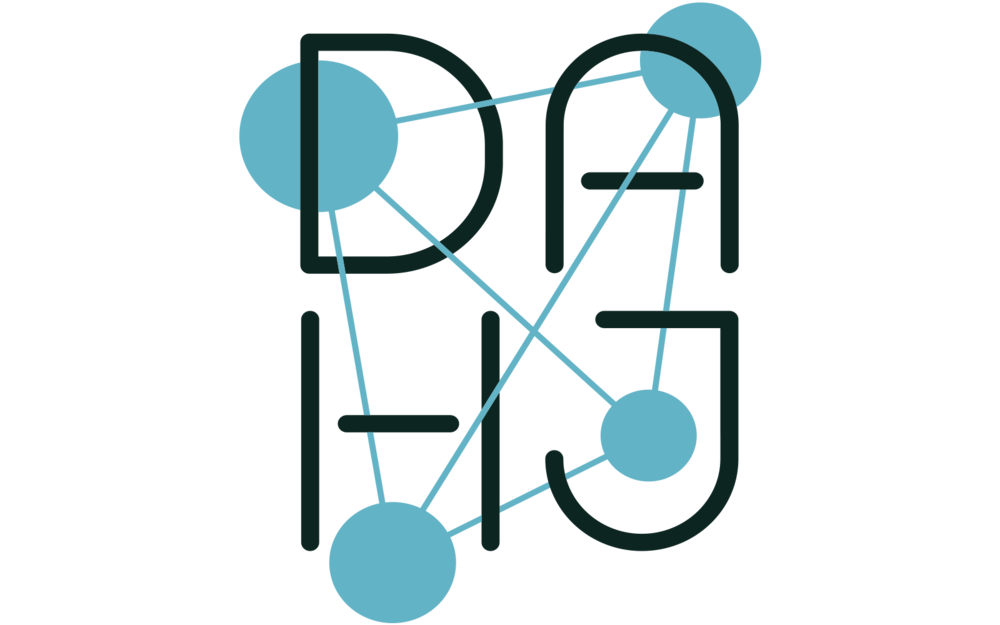Abstract
Aldo Rossi composed the famous collage known as Analogous City for the Venice Biennale in 1976. This text presents a visual study of the collage through both physical and digital means: a mobile app works in conjunction with a reprint of the Analogous City in the format of a city map. Forty years after its creation, the collage’s original elements are finally identified and collected, and the mechanisms of composition are disclosed thanks to Fabio Reinhart’s contribution. The map of the Analogous City is analyzed in both historical and museum viewpoints, focusing on the reflections that emerged when exhibiting in Maastricht, Milan, Lausanne, Bergamo, and Rome. Although the map was designed as an interactive installation for these exhibitions, it has turned out to be also an educational tool useful outside museums. If Aldo Rossi created an artwork to think about the reconstruction of the city, likewise, the map of the Analogous City helps to rethink museums by designing their objects in a way they can leave the exhibition for a second life in the city.
DOI: https://doi.org/10.11588/dah.2021.6.77681
Author
Dario Rodighiero
is Assistant Professor of Sciences and Technology Studies at the University of Groningen, serving the multidisciplinary faculty Campus Fryslân at the department of Knowledge Infrastructures. His research is rooted in information design, critical data studies, and digital humanities; currently focusing on the mapping of science from social and architectural lens. With Metis Press, in 2021 he authored Mapping Affinities: Democratizing Data Visualization — a book about charting scientific communities from a design-driven, ethical thinking. Over the years, Dario was employed at MIT, EPFL, Sciences Po, Panthéon-Sorbonne University, and the European Commission; lecturing at CERN and Ars Electronica, and exhibiting at MAXXI and the Harvard Art Museums.

